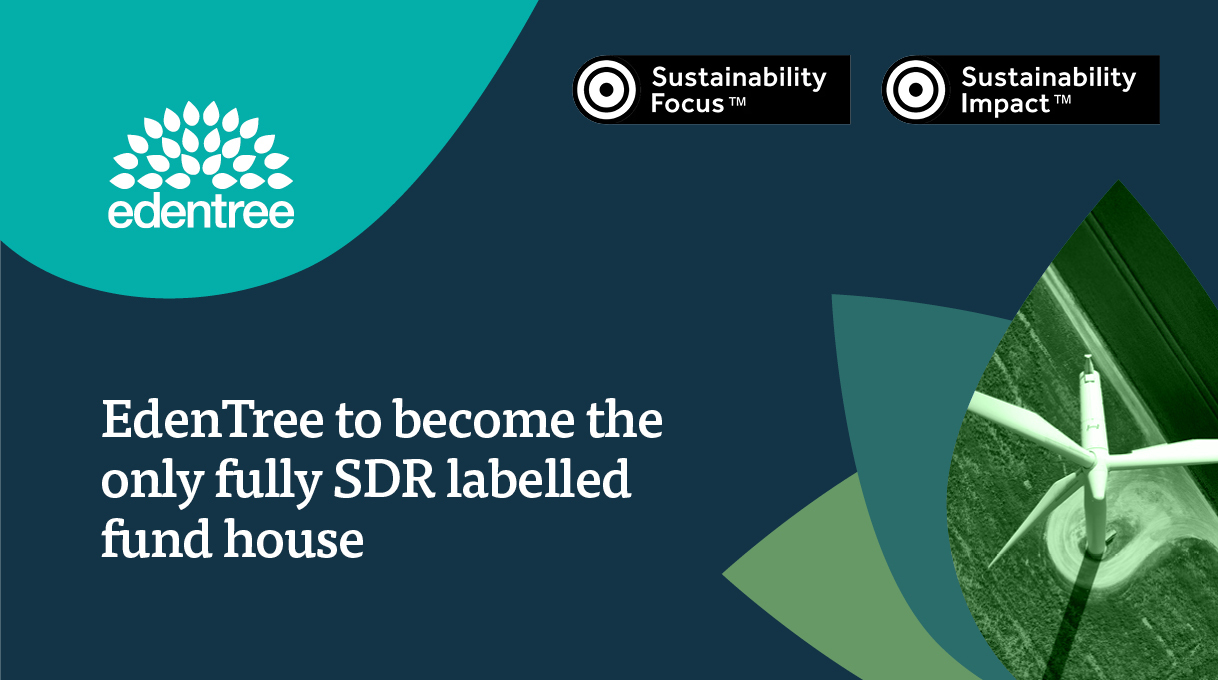With COP28 upon us, climate change will again be thrust into the spotlight of the global media. There is no doubt that climate mitigation will take centre stage, particularly with key issues such as renewable energy capacity and fossil fuel abatement high on the agenda. However, another equally important issue, and one which has spent many years waiting in the wings, is climate adaptation. With momentum starting to build through the creation of a new loss and damage fund at COP27, we are hopeful that COP28 will continue this work, increasing awareness and action around climate adaptation, and its financing in particular. The Paris Agreement originally set out the need for adaptation as part of global climate efforts. Although less talked about than the seminal 1.5°C target, a goal on adaptation was embedded within the agreement, aiming to increase the ability of all to adapt to the adverse impacts of climate change by enhancing resilience and reducing vulnerability.
The urgency of enhancing adaptation should not be downplayed given that physical climate impacts are already real and are only set to intensify. For example, in 2022, Europe recorded its hottest summer on record, Pakistan experienced severe floods that affected 33m people, and water scarcity in the Horn of Africa intensified a famine which has now affected over 58m people. These physical risks are associated with only 1°C of temperature rise – if we overshoot the recommended 1.5°C, which researchers predict there is a 66% chance of doing so1 , parts of the world may become almost uninhabitable, impacting human health, food supplies, and global security.
As such, adaptation is essential to build resilience to the impacts of climate change and improve human outcomes against future disasters. Increasing the adaptive capacity of climate-sensitive regions is a particularly important effort to prioritise as socio-economic and political constraints in these areas can often compound the severity of impacts faced.
Despite this urgency, total adaptation finance remains far below the scale necessary to respond to existing and future climate change needs. The United Nations Environment Programme’s 2022 Adaptation Gap Report 2 that annual adaptation finance will need to be in the range of $160-340bn by 2030 – our current global spending is 5-10x below this. For example, in 2019-20, total climate finance stood at $632bn, of which only $43bn was for adaptation3.
In an investment context, there are several reasons why mitigation receives more attention than adaptation. The first is because the latter lacks a clear definition. Whilst mitigation solutions are commonly defined as anything which reduces the release of GHGs into the atmosphere, while adaptation solutions are more heterogenous. They depend heavily on the different social, economic and environmental systems at risk, as well as the type, probability and severity of climate impact. One solution that improves resilience may look very different to another. Compounding this problem, many companies don’t even tend to label adaptive activities as such, instead placing them under other headings, such as strategy or risk management. This creates an ambiguous investment context, one that doesn’t easily lend itself to the development of strategies specifically designed to target investment in climate adaptation.
Another driver is the asymmetry between risk and opportunity when it comes to adaptation. It is common for investors to consider the negative impacts of failing to adapt to climate change, for example the exposure of assets to flooding or wildfires, but analysis focused on the positive case for investing in climate resilience is less common. For mitigation, the outcomes are both clear and measurable, such as the emissions avoided by a renewable energy project, whereas the impacts of key adaptation approaches have not been systematically measured, and neither have the full range of environmental and social benefits been monetized. To shift the dial, we need more reliable information on the benefits associated with adaptation to allow investors to make fully informed decisions.
Finally, there is an enduring narrative that if adaptation moves forwards, it suggests mitigation has failed. In reality, this dichotomy is far from the truth as there are multiple, underappreciated overlaps that both approaches share. For example, coastal wetlands are a huge carbon sink, able to store more than two years’ worth of global emissions, yet they also provide significant defence against sea level rise by buffering storm surges and flooding. A similar narrative is present within agroforestry solutions. Adding trees to farms and pastures allows farmers to diversify their income, and thus adapt to climate change, as well as mitigate climate risk as their land absorbs more carbon. Many other integrated solutions exist suggesting that we don’t need to focus on either/or when it comes to mitigation and adaptation. Moving beyond this divide also brings the role of nature-based solutions into greater focus – another area which has been vastly unappreciated, but with the potential to significantly impact the global response to climate change.
With the recent news from COP28 that countries are starting to pledge money into the loss and damage fund, we are hopeful that this will improve awareness of the need for adaptation finance, and in turn ensure humanity is relatively prepared for the inevitable physical changes that climate change will bring.





